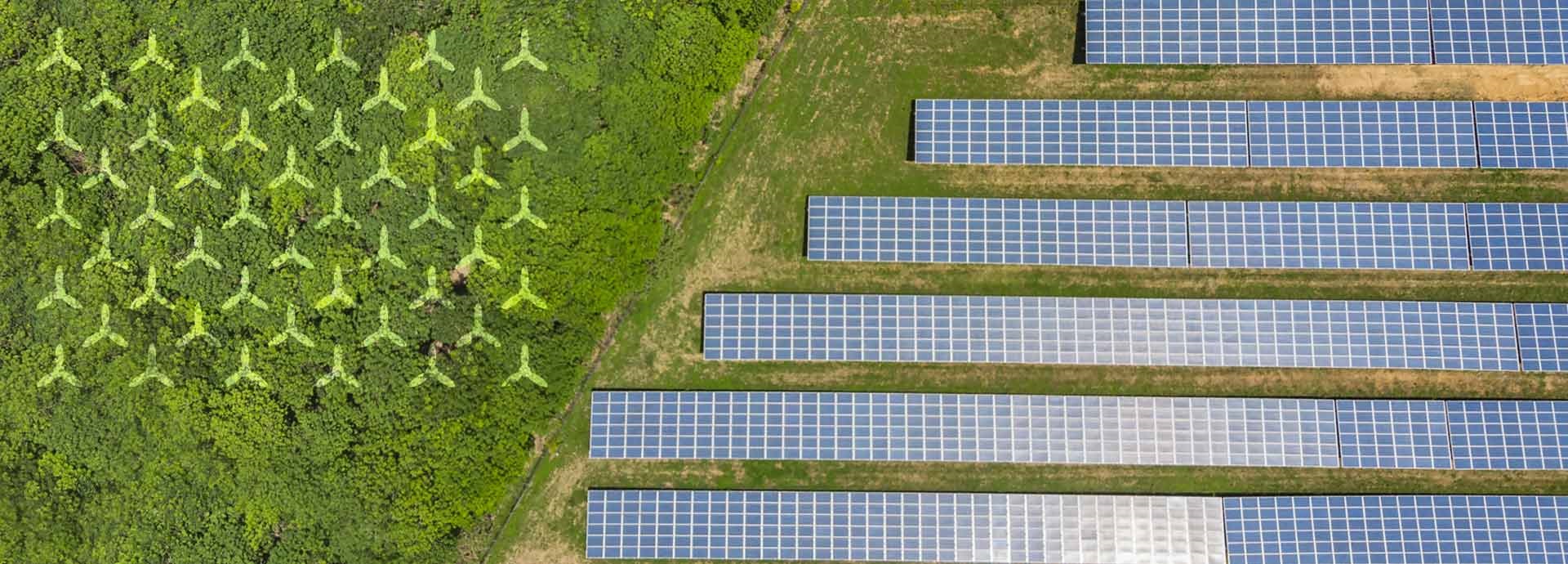

The Inflation Reduction Act of 2022 is the most significant climate legislation in US history and represents a change in legislative course that historically hasn’t gone far or fast enough.
Over the past decade, US policy has been focusing on near-term decarbonisation goals. As the name suggests, this is well-intentioned and works in the near-term. But in the longer term, focusing only on these goals has encouraged the private and public sectors to stick with more mature technology deployment.
Newer flexible technologies such as grid balancing power plants and energy storage, which offer a more sustainable and faster means of decarbonising the economy, haven't yet reached their full potential in the US due to markets not fully recognising the benefits of such plants in the power system.
A new direction to champion climate change mitigation in North America
In August 2022, however, the US Congress passed the Inflation Reduction Act of 2022 (IRA), which was then signed into law by US President Joe Biden. The IRA is projected by most measures to cut greenhouse gas (GHG) emissions by 37–43% below 2005 levels. This has changed the course of clean energy deployment.
The legislation will act as a key growth driver for energy storage deployment in the US and the transition to a 100% renewable energy future. “We’re at a watershed moment for global climate policy with the Inflation Reduction Act putting the US within striking distance of achieving its carbon emissions goals,” says Risto Paldanius, Vice President of Wärtsilä in the Americas.
Paldanius brings some convincing numbers to the table. “The International Energy Agency (IEA) calculates that investment in clean electricity must leap from USD 380 billion to USD 1.6 trillion by 2030 to put us on a path to net zero by 2050; the USD 369 billion commitment to clean energy projects will be critical in making this ambition a reality.”
Tax credits will accelerate clean energy deployment
The most important element of the IRA is its tax credits, which have a history of being effective. Tax credits lower the upfront capital investment cost of clean power and incentivise renewable electricity production. This will encourage companies to invest increasingly in clean energy technologies and technologies accelerating the progress to the net zero goal.
Tax credits are the primary reason renewable energy—particularly wind and solar—has become as affordable as it is today, but they have often been limited in nature, both in their overall lifetime value and their effectiveness without optimisation capabilities.
The IRA offers existing energy companies USD 30 billion in tax credits to give them the resources they need to innovate, and USD 10 billion for the creation of new clean technology manufacturers. This will significantly accelerate the manufacturing of sustainable energy products such as flexible and balancing technologies.
The legislation also expands both the production tax credit (PTC) and investment tax credit (ITC) for clean energy technologies such as energy storage and calls for a 10-year extension of the 30% federal ITC on the cost of eligible installed equipment.
“The IRA will provide important incentives through tax credits that will supercharge investment in the US, giving investors much-needed certainty and offsetting some of the high costs caused by temporary supply chain issues in some sectors,” says Paldanius.
Andy Tang, who leads Energy Storage & Optimisation at Wärtsilä, affirms that the Act’s support will turbocharge an industry already setting deployment records in almost every quarter over the next couple of years.
“It also provides strong motivation to the energy storage industry supply chain, with the IRA’s tax credit rules including adders for domestically sourced and produced content. That could be another vital boost at a time when the energy storage industry struggles to compete with the electric vehicle sector for supply of battery cells, for example.”
Towards lower consumer prices
On top of tax credits, the IRA also provides USD 9 billion of expenditure on home energy rebate programs, which will make it financially viable for everyday people to use renewable energy. The law is projected to save US households an average of USD 500 per year on their energy costs.
Renewables, by their nature, remove scarcity from the economic equation. This means that their continued adoption can stabilise energy prices and protect consumers against volatile fossil fuel price swings. Software platforms like Wärtsilä’s GEMS Digital Energy Platform can play a role here by connecting energy assets to energy markets in an optimised way.
“The IRA also makes economic sense for consumers,” says Paldanius. “Wärtsilä’s Front-Loading Net Zero modelling in California, for example, shows that becoming carbon-neutral by 2045 could reduce the levelised cost of electricity by 4% compared to 2020 levels.”
“Not only is a 100% renewable energy future accessible, but it’s also economically viable. Now, we must see other nations follow suit,” he concludes.


